
In the vast theater of nature, some of the most remarkable performances occur on the smallest stages. Insects, those six-legged marvels that constitute over half of all known living organisms, have evolved extraordinary strategies to evade predation. Among these strategies, camouflage and mimicry stand as pinnacles of evolutionary achievement. These masters of disguise have developed appearances and behaviors so convincing that they can virtually disappear into their surroundings or transform into something entirely different before our very eyes. From leaf-mimicking katydids to twig-impersonating walkingsticks, these incredible insects demonstrate nature’s ingenuity at its finest, blurring the line between what is and what appears to be.
The Evolutionary Arms Race: Why Insects Become Masters of Disguise
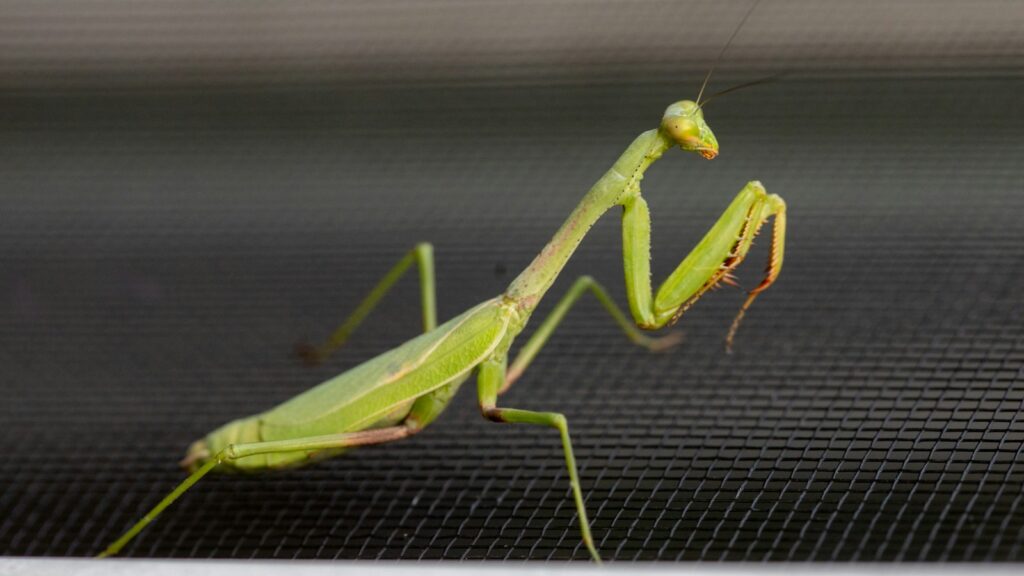
The development of camouflage and mimicry in insects represents millions of years of evolutionary pressure—a perpetual arms race between predator and prey. When predators improve their hunting abilities, prey species must develop better defenses or face extinction. For many insects, being discovered means certain death, creating intense selective pressure that favors individuals with even slightly better camouflage. Over countless generations, these small advantages accumulate into the astonishing disguises we see today. This process of natural selection has resulted in some insects that so perfectly match their environments that even experienced entomologists struggle to spot them. The precision of these adaptations reveals the remarkable power of evolution to craft solutions to survival challenges through the simple mechanism of differential reproduction.
Leaf Insects: The Ultimate Botanical Mimics

Perhaps no insects demonstrate the perfection of camouflage better than leaf insects (Phylliidae), whose bodies have evolved to mimic leaves with uncanny accuracy. These remarkable creatures don’t merely resemble leaves in color—their bodies have flat, leaf-shaped expansions with intricate vein-like patterns that mirror the structure of actual foliage. Some species even develop irregular edges and brown spots that resemble leaf damage or decay, completing the illusion. When a leaf insect moves, it rocks gently back and forth, mimicking a leaf swaying in the breeze rather than displaying the typical movement patterns of an insect. Found primarily in tropical and subtropical regions of South and Southeast Asia, leaf insects can match the specific characteristics of plants in their native environments, with different species evolving to resemble different types of foliage.
Dead Leaf Butterflies: Masters of Seasonal Transformation

The dead leaf butterfly (Kallima spp.) demonstrates one of the most striking examples of camouflage in the entire animal kingdom, with wings that perfectly mimic a dried, dead leaf when closed. The underside of their wings features intricate patterns resembling leaf veins, complete with a mid-vein structure and even fake fungal spots that appear as leaf decay. What makes these butterflies even more remarkable is the stark contrast between their camouflaged undersides and their vibrant, iridescent blue upper wings, which flash brilliantly during flight before disappearing instantly when the butterfly lands and closes its wings. This dual-purpose adaptation allows them to attract mates with their bright colors while remaining virtually invisible to predators when at rest. Found primarily in tropical forests of Asia, these butterflies can even position themselves at angles typical of fallen leaves, enhancing their disguise through behavioral adaptation as well as physical resemblance.
Walkingsticks: The Living Twigs
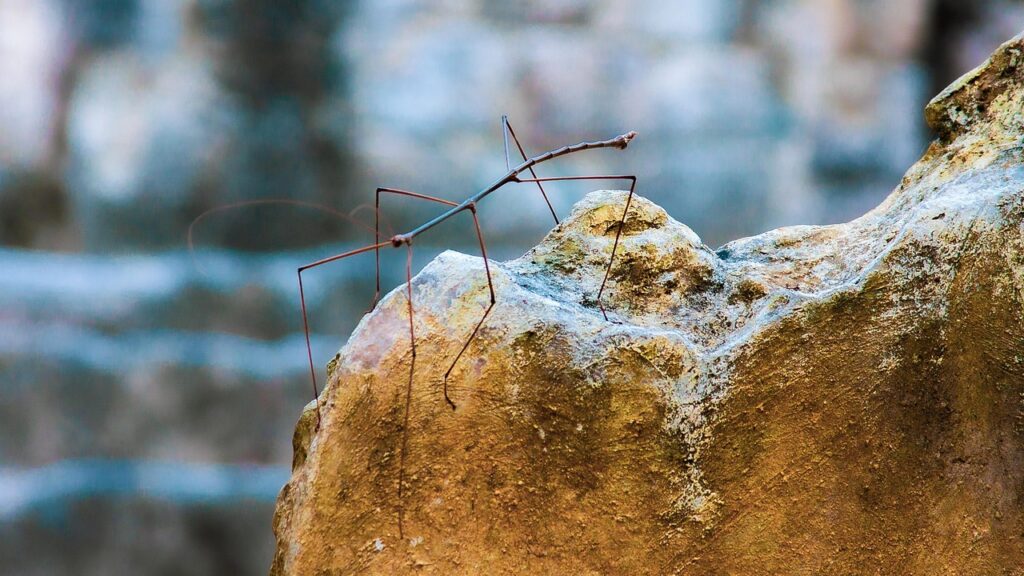
Walkingsticks (Phasmatodea) take twig mimicry to extraordinary lengths, with bodies so stick-like that they disappear completely against the branches of their host plants. These remarkable insects have elongated, cylindrical bodies that vary in color from green to brown depending on their environment, with some species growing up to 12 inches long. Their commitment to the twig disguise extends to their behavior—they often remain motionless for hours, and when they do move, they sway gently as if being moved by the wind rather than their own locomotion. Some species enhance their disguise with bark-like textures on their exoskeletons or small growths that resemble buds or thorns. Even their eggs are disguised, resembling plant seeds that are scattered to the ground rather than being laid in clusters that might attract attention from predators.
The Orchid Mantis: Beauty as Deception

The orchid mantis (Hymenopus coronatus) demonstrates that camouflage isn’t always about blending into the background—sometimes it’s about masquerading as something else entirely. These stunning creatures have evolved to resemble orchid flowers with remarkable precision, featuring petal-like legs and bodies in shades of white and pink that mimic the colors of tropical blooms. Unlike many camouflaged insects that use their disguise purely for protection, the orchid mantis employs its floral appearance as an aggressive mimicry strategy to lure pollinating insects directly to their doom. Research has shown that these mantises don’t simply blend in with orchids—they actually attract insects more effectively than actual flowers, serving as “super stimuli” that pollinators find irresistible. Their disguise is so effective that they often don’t need to hide among real flowers at all, instead positioning themselves prominently where their potential prey can easily spot them.
Thorn Bugs: Spiky Deception
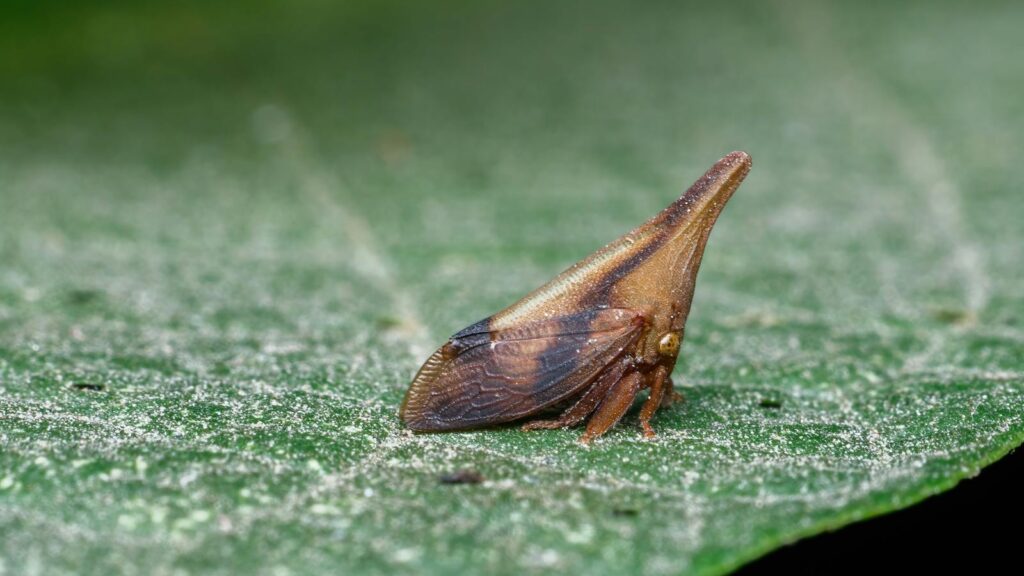
Thorn bugs (Umbonia spp.) have evolved one of the most unusual disguises in the insect world, with bodies that precisely mimic the thorns on plant stems. Their most distinctive feature is the enlarged pronotum—a plate-like structure that extends from behind the head, which has evolved into a thorn-shaped projection that can be remarkably similar to the defensive spines of plants like locust trees or roses. The illusion is completed by their coloration, which typically matches the stems of their host plants, and their habit of aligning themselves along branches in the same orientation as real thorns would grow. This disguise serves multiple purposes, not only protecting them from predators who learn to avoid painful plant thorns but also potentially deterring larger herbivores from consuming the plants on which they feed. Found primarily in Central and South America, different species of thorn bugs have evolved variations on this disguise to match the specific characteristics of their preferred host plants.
Moss Mimics: Blending with the Forest Floor

Some of the most effective camouflage specialists are the moss-mimicking insects that disappear against the forest floor and tree trunks in humid environments worldwide. Various species of katydids, moths, and beetles have evolved textured bodies covered in irregular green and brown patterns that precisely match the appearance of moss and lichen. These insects often have small protuberances or hair-like structures that break up their body outline and mimic the fuzzy texture of moss. Their disguise is so effective that they can remain motionless in plain sight, even when predators are actively searching nearby. The evolutionary pressure that created these disguises must have been intense, considering the precision with which some species match not just the general appearance of moss but specific varieties found in their native habitats.
Stick Caterpillars: Young Masters of Disguise
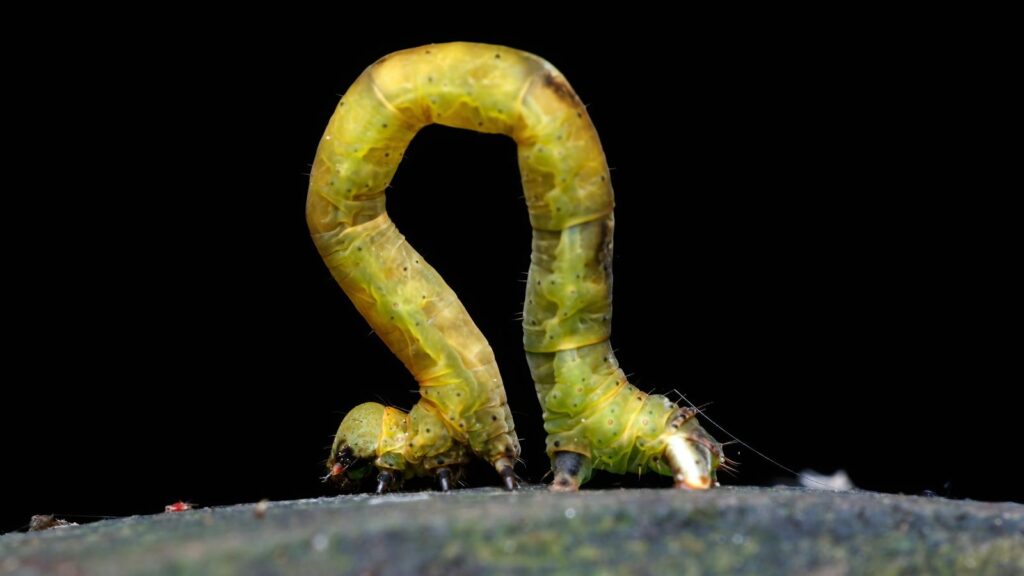
The larvae of many geometric moth species have perfected the art of twig impersonation, demonstrating that mastery of disguise isn’t limited to adult insects. These “stick caterpillars” have bodies that precisely mimic small twigs, complete with bark-like coloration and small bumps that resemble leaf scars or buds. When disturbed, they extend their bodies at an angle away from their host plant, freezing in a rigid position that makes them appear to be nothing more than a small branch extension. This behavioral component of their disguise is just as important as their physical appearance—they often remain perfectly still during daylight hours, feeding only at night when their movement is less likely to give them away. Some species even sway gently when there’s a breeze, matching the movement of the actual twigs around them in an extraordinary display of behavioral adaptation.
Bird Dropping Mimics: Disgusting but Effective
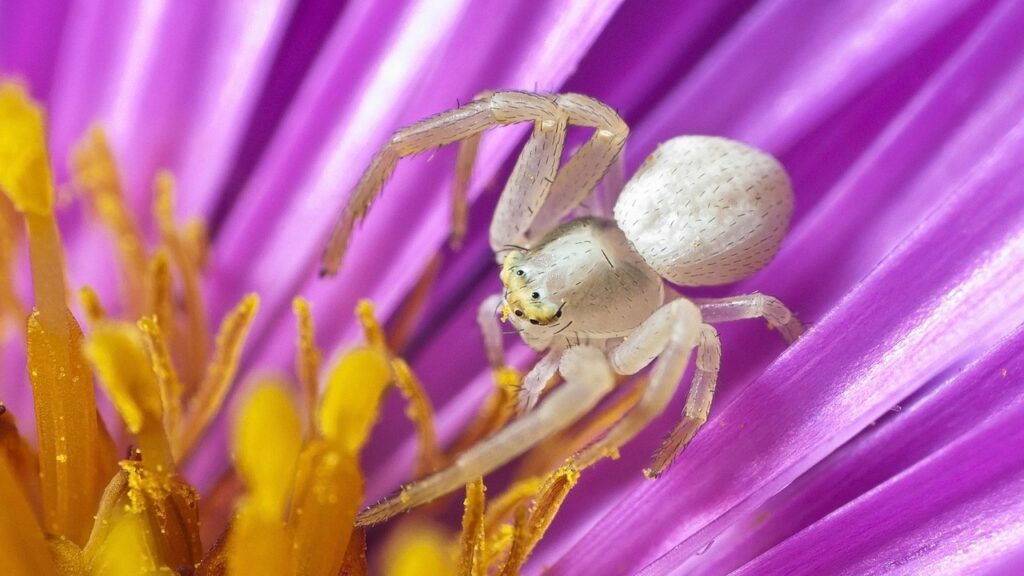
Some insects have evolved a disguise that might seem counterintuitive at first glance—they look like bird droppings. This strategy, employed by various moth and butterfly caterpillars as well as some beetles, is surprisingly effective because few predators are interested in investigating what appears to be waste matter. The early instars of swallowtail butterfly caterpillars are perhaps the most famous examples, with black and white patterning and shiny, wet-looking surfaces that precisely mimic fresh bird excrement on a leaf. The disguise is often enhanced by their positioning on the upper surfaces of leaves, exactly where bird droppings would naturally fall. As these caterpillars mature, many of them transition to other forms of camouflage or warning coloration, using the bird dropping disguise only during their most vulnerable early stages. This repulsive but effective strategy highlights how natural selection can favor any appearance that increases survival, regardless of aesthetic considerations.
Cryptic Grasshoppers: Vanishing into Varied Landscapes
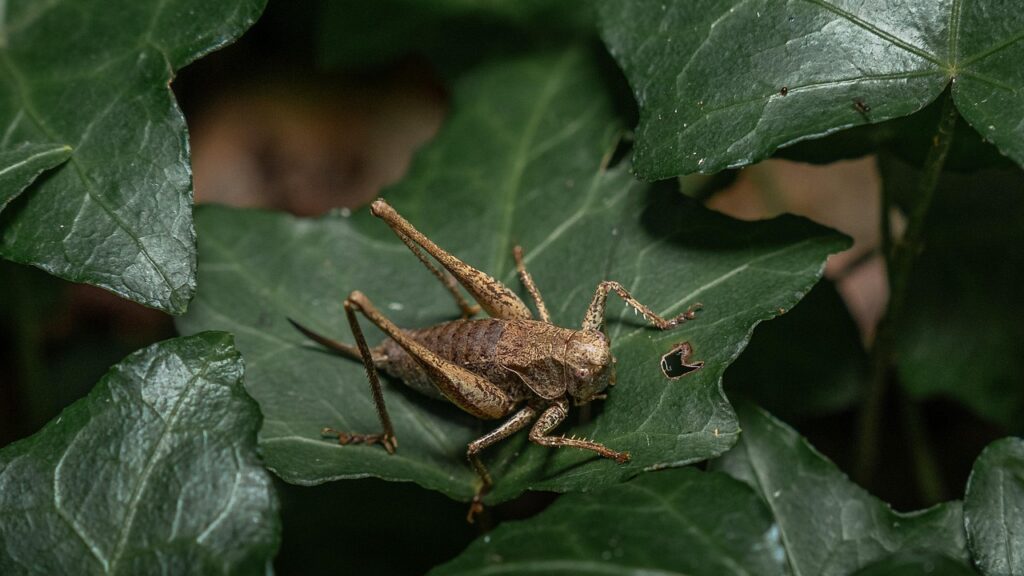
Grasshoppers of the family Acrididae have evolved some of the most versatile camouflage systems, with species adapted to disappear against virtually every type of terrestrial habitat from deserts to rainforests. Desert-dwelling species often display sandy coloration with textures that mimic the granular surfaces of their arid habitats, while grassland species typically show striped patterns that help them vanish among grasses. What makes these insects particularly remarkable is their ability to change coloration throughout their development to match changing environments or seasonal shifts in vegetation. Some species can adjust their coloration based on temperature or humidity levels, appearing darker in cool, damp conditions and lighter in hot, dry environments. This adaptability, combined with their tendency to remain motionless when threatened rather than immediately fleeing, allows cryptic grasshoppers to achieve near-perfect concealment in diverse landscapes worldwide.
Treehoppers: Living Plant Parts
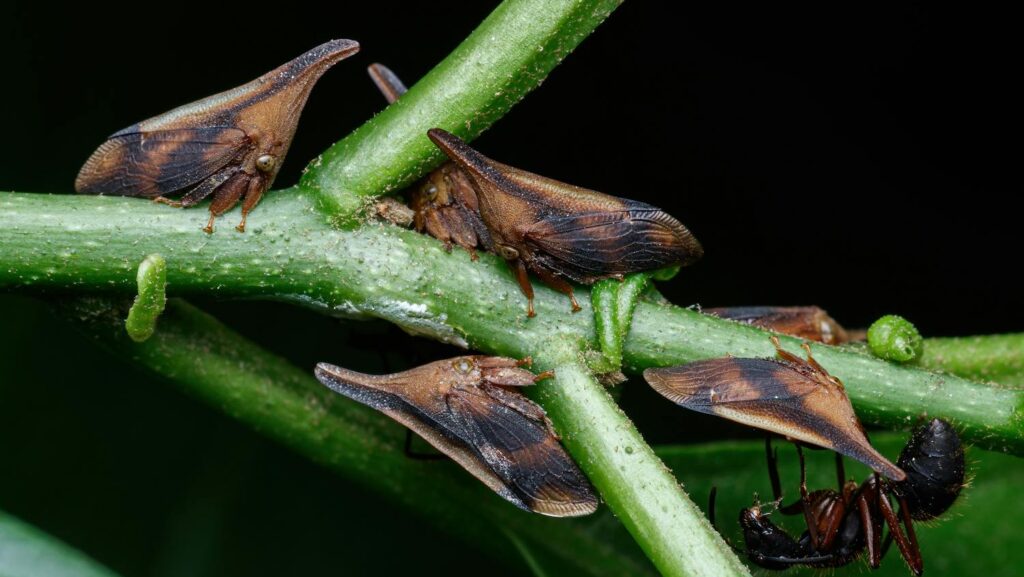
Treehoppers (Membracidae) have taken mimicry in an entirely different direction, evolving structures that resemble not just plant parts but complex assemblages of thorns, seeds, leaves, or even insect aggregations. Their most distinctive feature is the enlarged pronotum called a “helmet,” which can form extraordinary shapes from simple spines to elaborate structures resembling ants, thorns, or even bird droppings. In some species, this helmet extends backward over the entire body, creating shapes so bizarre that early entomologists sometimes mistook them for entirely different organisms or plant growths. Beyond their visual disguise, many treehopper species enhance their camouflage through behavioral adaptations, including positioning themselves in groups that collectively resemble natural plant structures or insect colonies. Their success is evident in their diversity, with over 3,200 species worldwide, treehoppers represent one of nature’s most creative experiments in protective resemblance.
The Invisible Hunters: Ambush Predators in Disguise
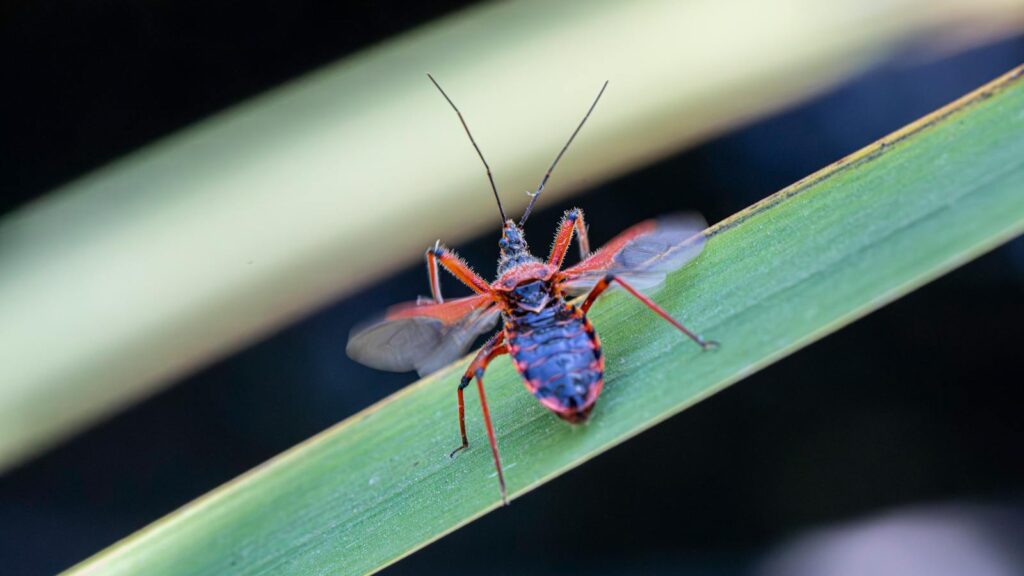
Not all camouflaged insects use their disguises purely for defense—some are predators that use concealment to ambush unsuspecting prey. Ambush bugs (Phymatinae) represent this strategy perfectly, with bodies that blend seamlessly with flower heads where they lie in wait for pollinating insects. Their front legs are modified into powerful grasping appendages that can snatch prey many times their size, while their coloration—typically yellow or white with mottled patterns—makes them virtually invisible against flower petals. Similarly, certain assassin bugs disguise themselves with debris or dust that they actively attach to their bodies, creating a moving camouflage that conceals them from both potential prey and their own predators. These predatory disguise specialists highlight the dual utility of camouflage in the insect world—not just as a shield against being eaten, but also as a weapon for more effectively finding food.
Human Implications: Lessons from Nature’s Masters of Illusion
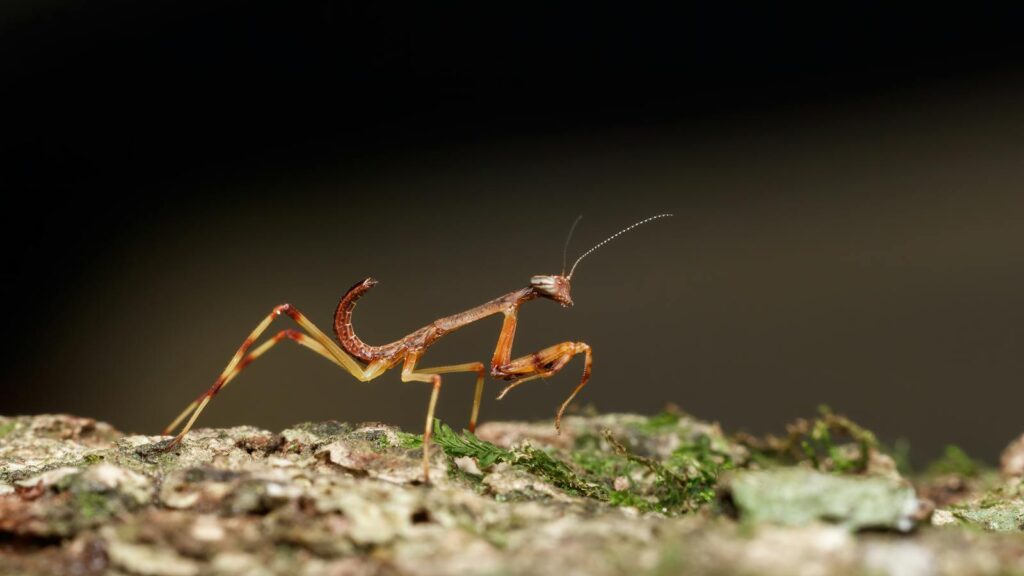
The extraordinary camouflage abilities of insects have inspired human innovations across multiple fields. Military camouflage patterns draw directly from the disruptive coloration strategies of insects, breaking up human outlines just as insects break up their body shapes against natural backgrounds. In robotics, engineers study the movement patterns of stick insects and leaf mimics to develop machines that can navigate complex environments while remaining undetected. Perhaps most significantly, conservation biologists increasingly recognize that many camouflaged insect species may be disappearing before we’ve even discovered them, as their very adaptations that make them invisible to predators also hide them from scientific documentation. These masters of disguise remind us of nature’s ingenious solutions to survival challenges and offer valuable lessons in design, materials science, and environmental adaptation that continue to influence human technology and understanding.
In the hidden world of camouflaged insects, we witness evolution’s artistry at its finest—a testament to the power of natural selection to craft solutions of breathtaking sophistication. These masters of disguise, having perfected their illusions over millions of years, remind us that appearances can be deceiving in the most spectacular ways. As we continue to study these remarkable creatures, we not only gain insight into biological adaptation but also inspiration for human innovation. Perhaps most importantly, they teach us to look more closely at the natural world, for even in plain sight, extraordinary wonders may be hiding, waiting for those patient and perceptive enough to discover them.
